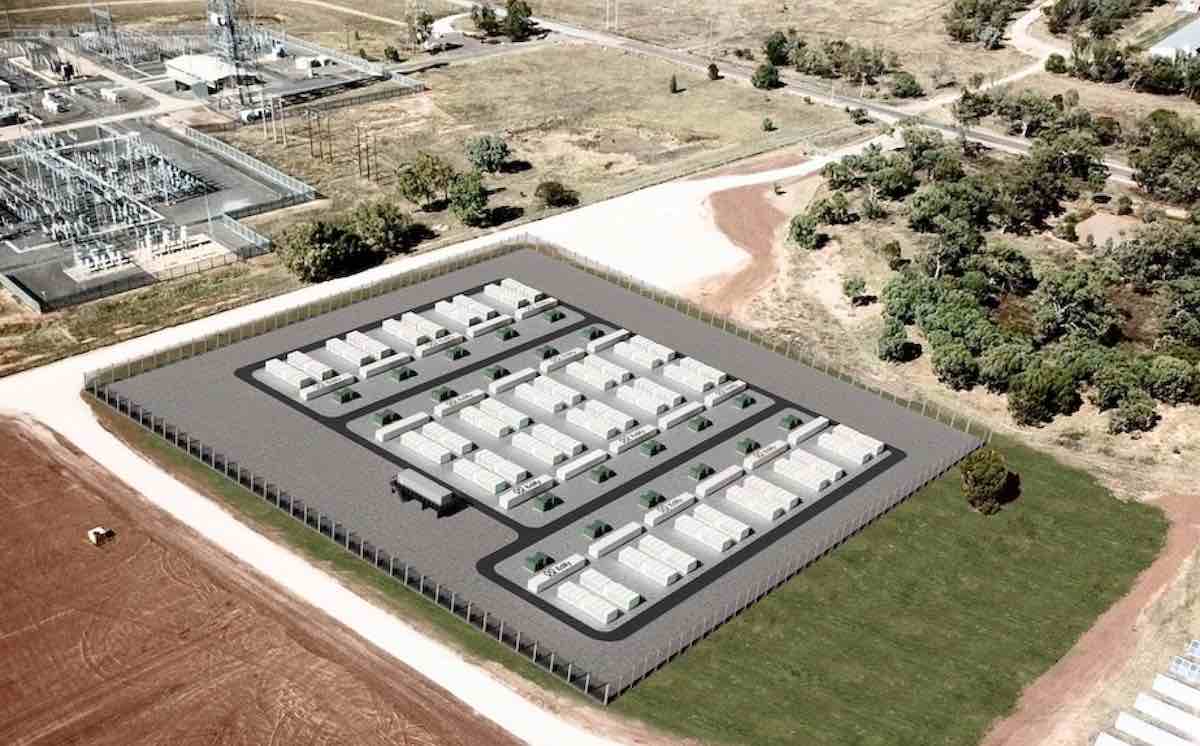Many of us living and breathing the clean energy transition see electricity storage as a transition accelerator.
We celebrate the growing share of renewable wind and solar energy, and we look to batteries, closed loop pumped hydro and other emerging technologies to bring more renewables into more hours of the day.
Storage helps solve for the times we need power but it’s dark or still, and the times we will need a sponge for when solar or wind resources flood the system. It also offers solutions towards the technical system security needs that have historically been met by fossil-fuel assets. There is no doubt that storage is deserving of supportive settings.
One of the softer settings to gently encourage investment in electricity storage is found in its climate credentials.
The more storage can be celebrated for its carbon abatement value, the more ESG investors can support it. Unfortunately, if you dig down to the weeds of greenhouse gas accounting, right where it touches the clean energy transition, the reporting rules are unfavourable to electricity storage.
The rules cause energy storage projects to report emissions that exceed their actuals, and credit them with none of the carbon dioxide abatement that they deliver the wider energy system.
As well as responding to our need for reliable electricity supply and system stability, electricity storage has some important attributes. It charges when electricity is abundant, which tends to be when solar and wind power are most productive. As a result, the energy used to charge is lower emissions than the annual energy system average.
Batteries and pumped hydro facilities can then send the stored energy into the system when it is most needed. This is often when there’s not enough renewable energy feeding the system, and so the cleaner energy that the battery charged with earlier displaces electricity that would otherwise have come from more emissions-intensive plants.
In this way, all types of storage contribute to falling energy system emissions with no currently approved way to report their impact. The industry could use a method to size the abatement value of this carbon arbitrage.
While the big story is the positive impact of storage on system emissions, there is also a headwind with reporting the electricity used by batteries and pumped hydro, which shows as Scope 2 emissions.
A relatively small amount of electricity is used in a round-trip of battery charge and discharge, or pumping up and releasing water. The energy used is almost always lower in emissions than the energy system average, but the reporting calls for the grid average, mixing in periods of fossil fuel dominance rather than approximating actual emissions.
The final accounting impediment is that battery output isn’t routinely referenced in emissions intensity calculations. Total emissions intensity reflects the emissions associated with battery assets, but not the volume of energy sent out, which in turn concentrates those emissions over a smaller base and indicates a higher intensity.
If what gets measured gets done, today’s reporting rules don’t bode well. If we can get more excited about greenhouse gas accounting, we can build on the investment signal to support storage. Batteries deserve the credit.
Anna Hancock is EnergyAustralia’s Head of Sustainability and Climate Change.








